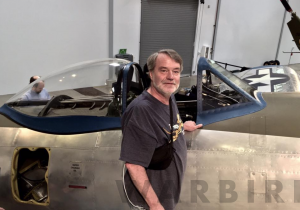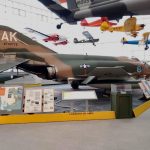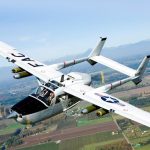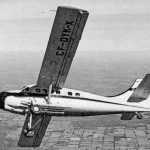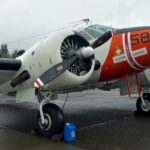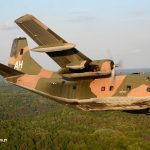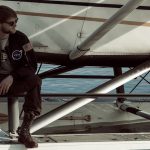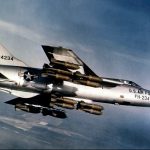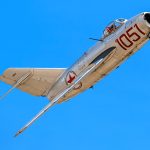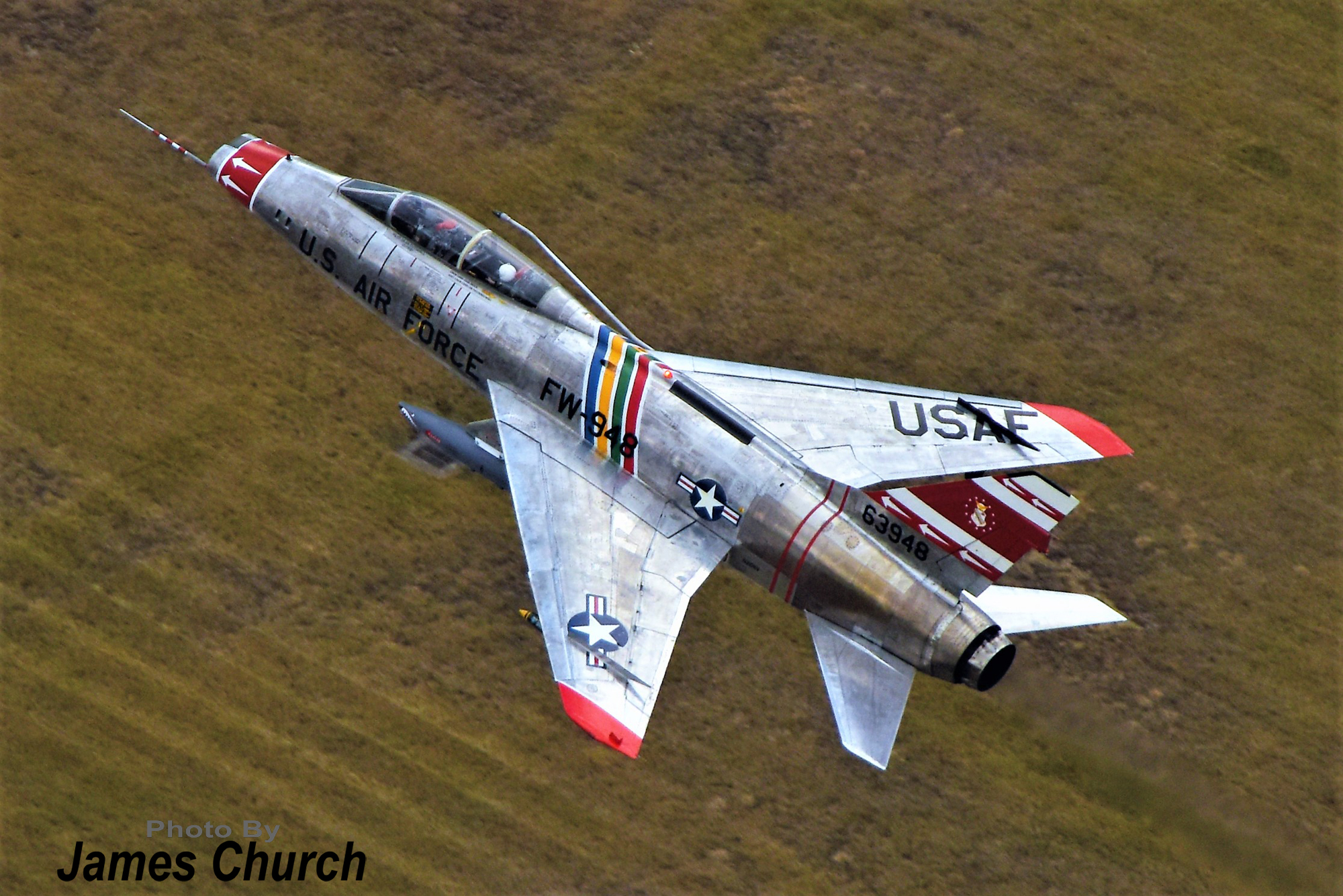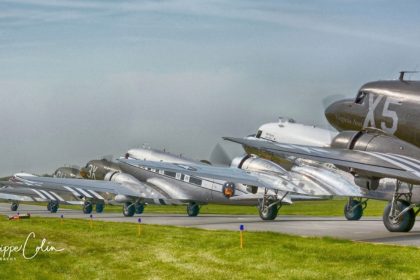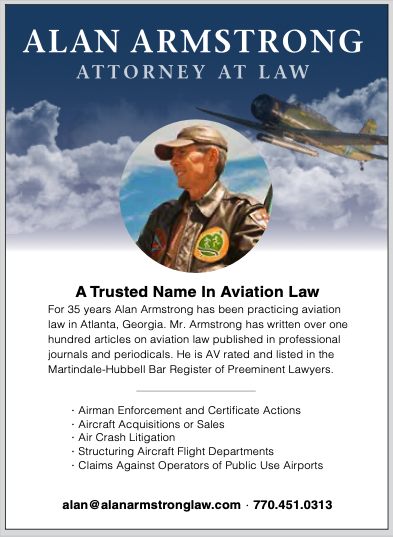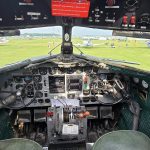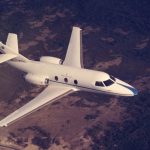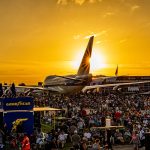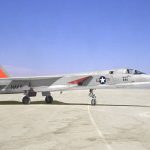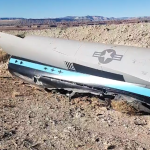By Randy Malmstrom
Since his childhood, Randy Malmstrom has had a passion for aviation history and historic military aircraft in particular. He has a particular penchant for documenting specific airframes with a highly detailed series of walk-around images and an in-depth exploration of their history, which have proved to be popular with many of those who have seen them, and we thought our readers would be equally fascinated too. This installment of Randy’s Warbird Profiles takes a look at the Historic Flight Foundation‘s DHC Beaver N779XP.
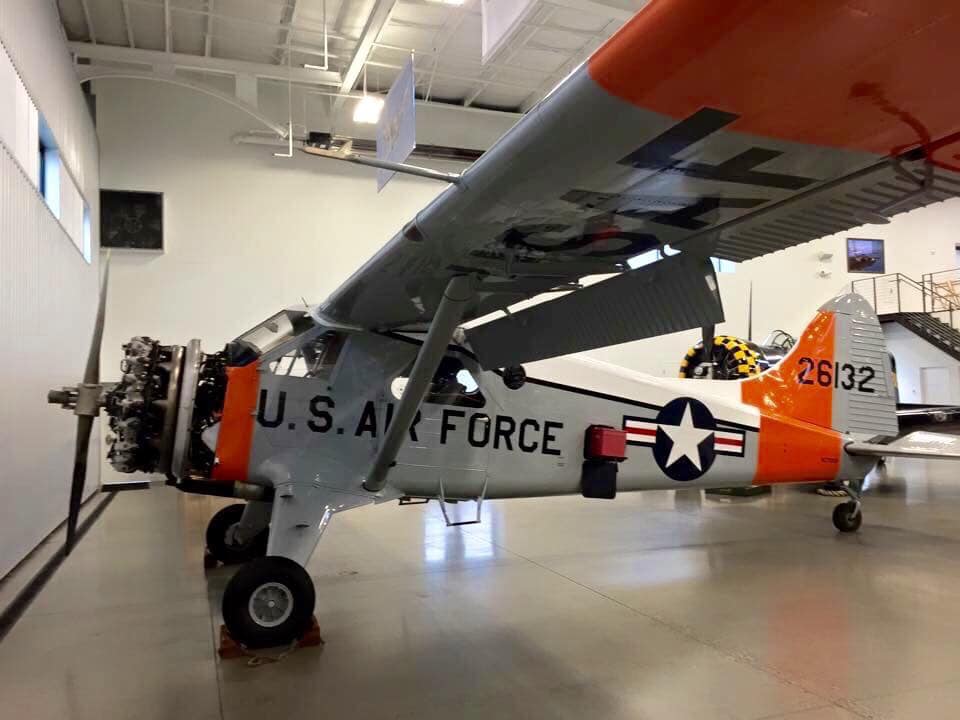
De Havilland Canada DHC-2 Mk. 1 (L-20A/U-6A) Beaver constructor’s number (c/n) 1450, N779XP. This particular aircraft was delivered to the U.S. Air Force in 1960 and then to the British Army Air Corps where it served for three decades as XP779 in Malaya, Borneo, and Germany. In British civil markings, it served in a role as a float plane (there are photos available online) during the 1990s. At one point I had determined that in 2006, it was recovered from a bog in Scotland, wings detached, and spent two years in restoration by Victoria Air Maintenance (I have not recovered that research piece again).
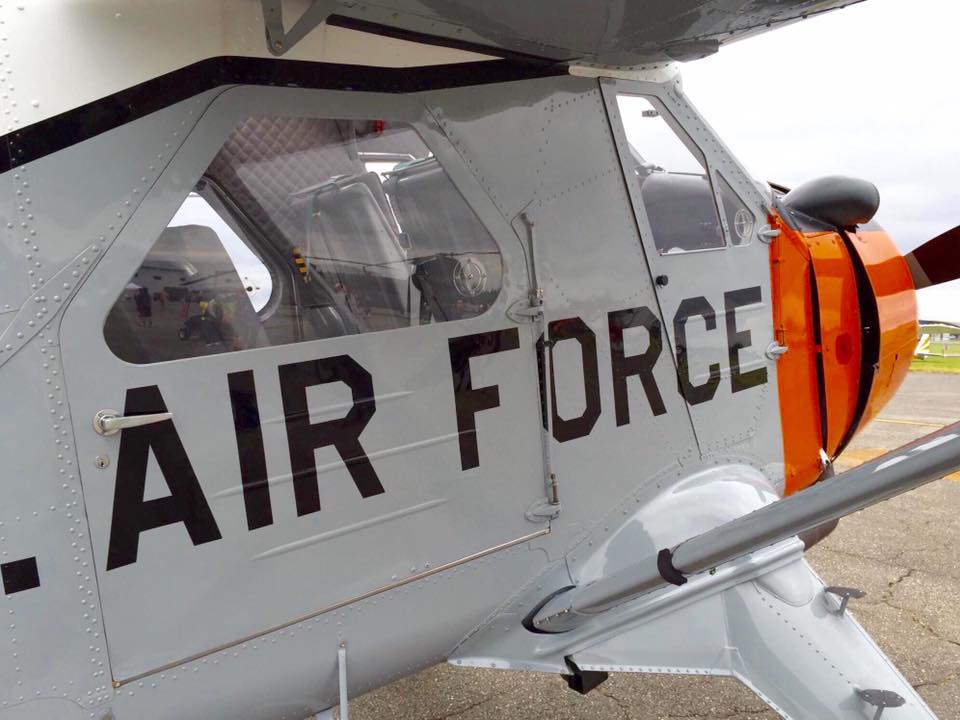
It was acquired for Historic Flight Foundation (HFF) in Washington state where it obtained its FAA flight certification on March 10, 2008. It is painted with U.S. markings as L-20A #52-6132, c/n 520, and in fluorescent DayGlo Fire Orange (well-known after WWII for its use to increase visibility and avoid mid-air collisions). As far as I can tell, that aircraft flipped over on landing in the U.K. on February 28, 1955 and suffered minor damage.
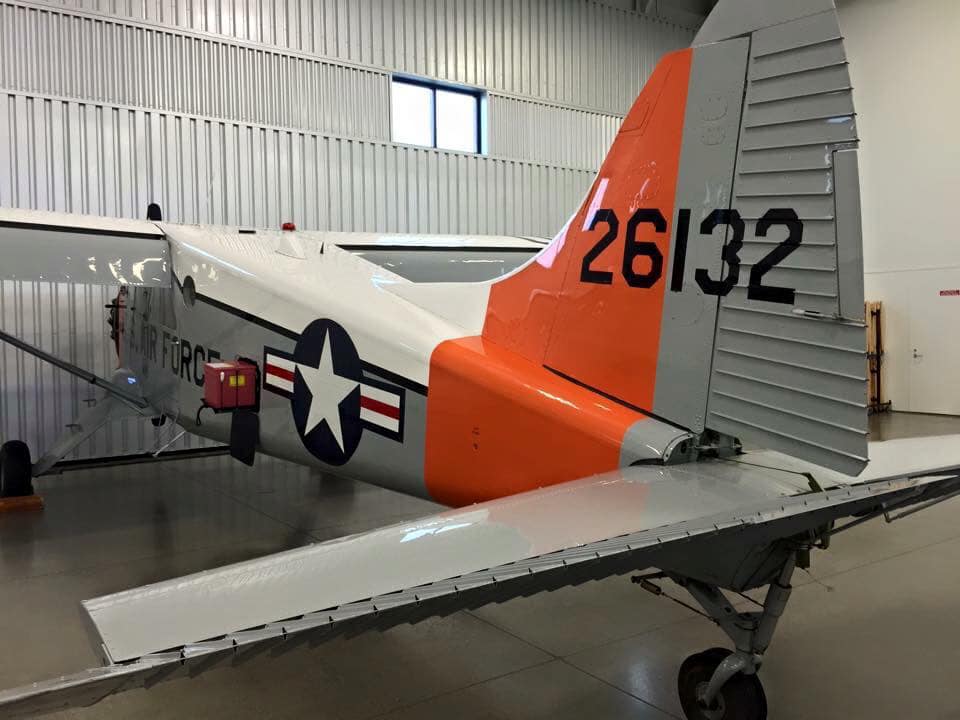
Design for the Beaver began in 1946 by De Havilland Aircraft of Canada Ltd. (a company set up by De Havilland Aircraft Company Limited to build its Moth family of aircraft) as an STOL transport for Canada’s bush pilots and eventually had a seating capacity of eight. The prototype first flew on August 16, 1947, and was piloted by Wing Commander Russell “Russ” Bannock (Distinguished Service Order, and Bar to the Distinguished Service Order, and Distinguished Flying Cross) RCAF (ret.) who flew De Havilland Mosquitos in 418 and 406 Squadrons of the Royal Canadian Air Force. His missions included night intruder and as a “Diver” against Fieseler Fi-103s (V-1 buzz bombs).
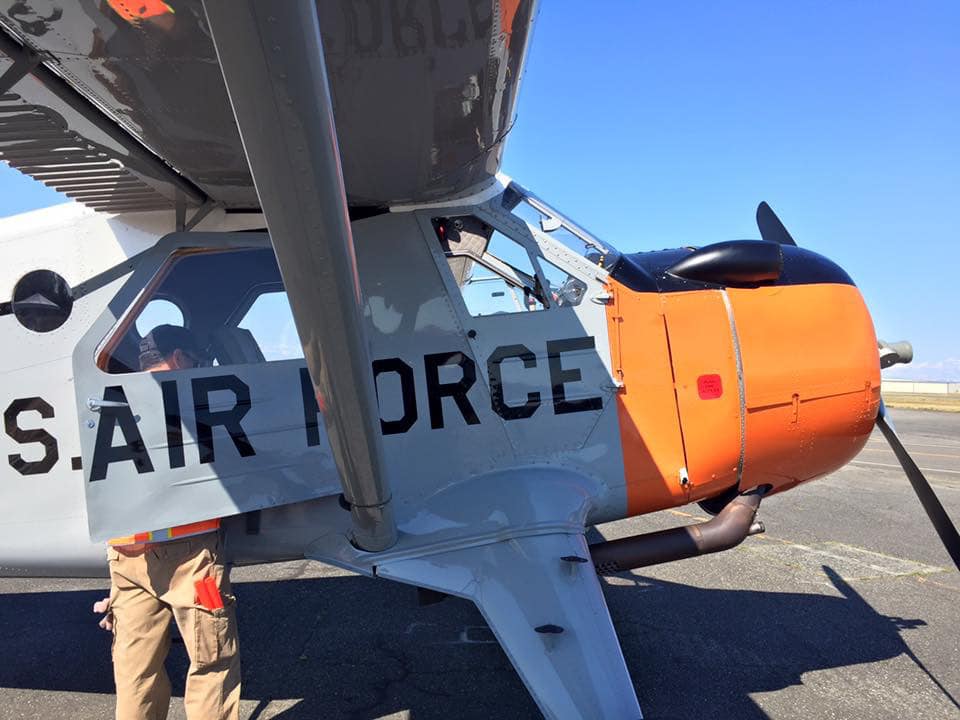
The Beaver was introduced into service in 1948. The Ontario Department of Lands and Forests had considerable input into the final design and configuration which was to have the capability of easy conversion from wheels to floats to skis. During the 1958 expedition to the South Pole by Sir Edmund Hillary, a former navigator with the Royal New Zealand Air Force (RNZAF), a Beaver of the RNZAF was used as a support aircraft.
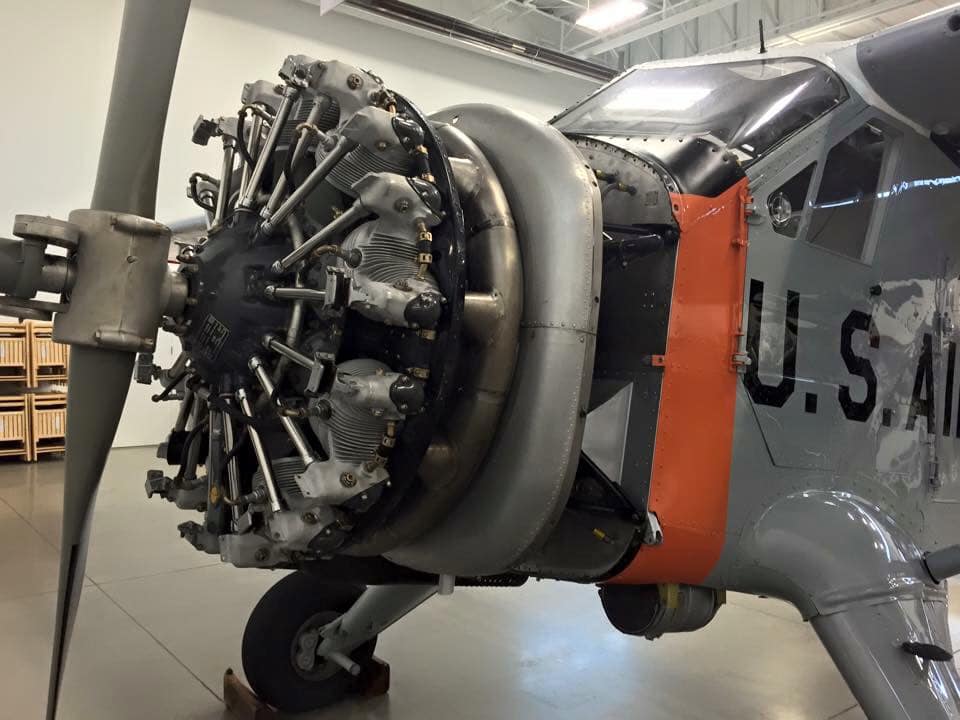
In 1962, the Beaver was re-designated the U-6A in U.S. service. Over 1,692 Beavers were built during its production run from 1948-1968 and 968 went to the U.S. Army and U.S. Air Force as well as the U.S. Navy. It also served as a military liaison, utility, reconnaissance including mapping and photographic recon, radio relay, search and rescue, and light transport aircraft, light supply drop, and light bombing, and was flown during the Korean War and the Vietnam War.
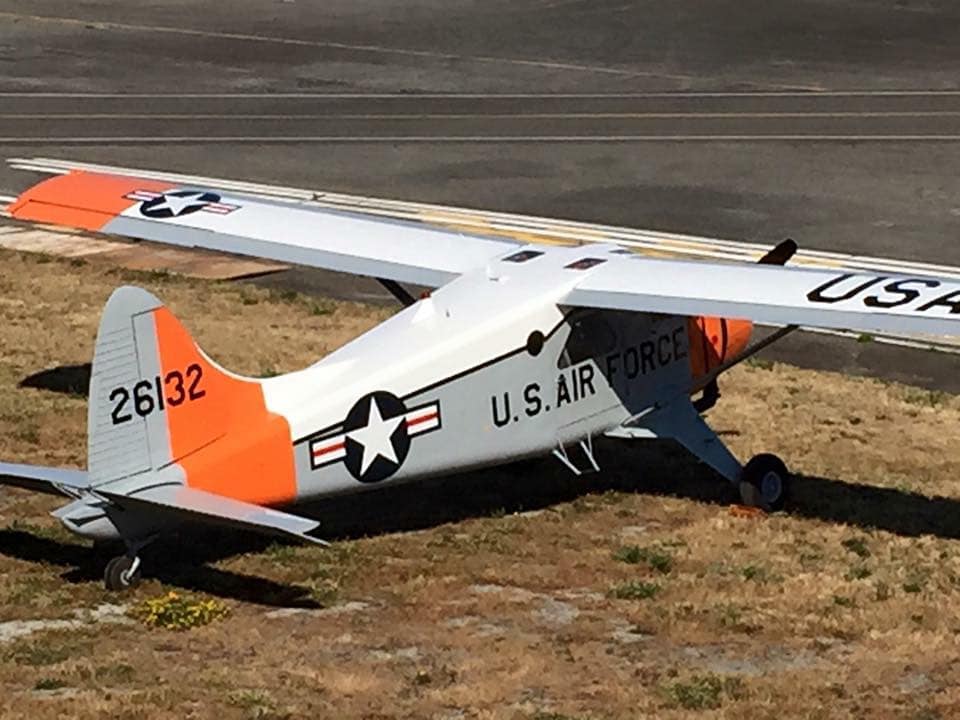
The first deployment of Beavers to Southeast Asia was in 1962 and were leased by the U.S. Army to Air America, Inc. under the guise of civilian aircraft. Air America was an offshoot of Civil Air Transport (CAT) which was an airline that flew airlift supply missions to Nationalist forces in China after World War II and sent its first aircraft that were destined for Laos in 1959.
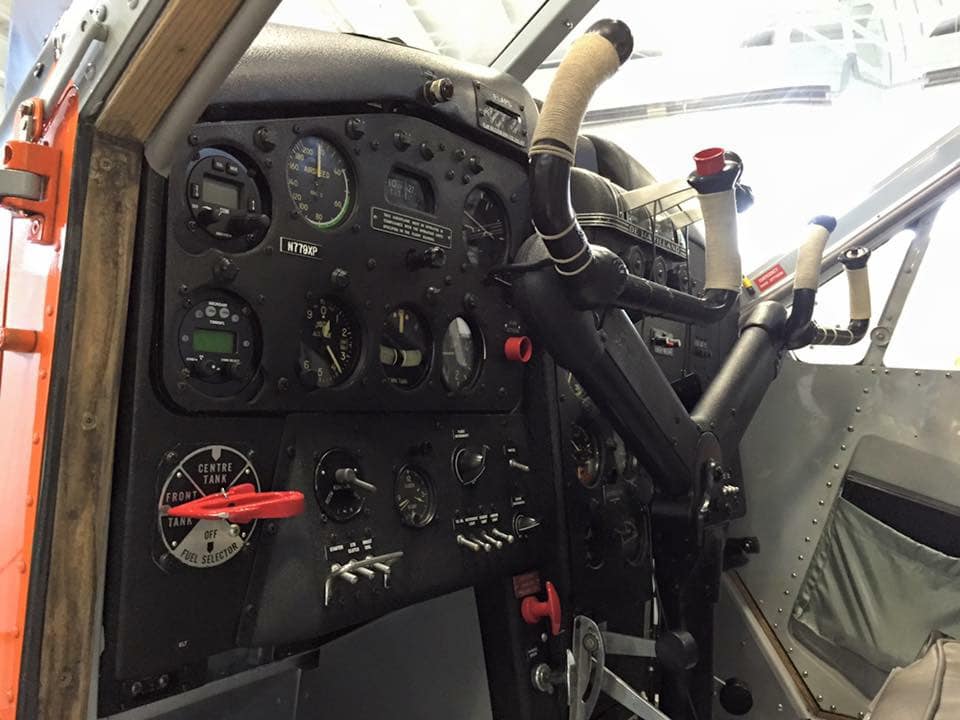
They were crated to Bangkok and and were “officially” based at Vientiane, Laos, but operated out of Udorn Royal Air Force Base, Thailand in support of what was ostensibly an advisory role authorized by President Kennedy for civil the Programs Evaluation Office (PEO), but were operated as the uniformed Military Assistance Advisory Group (MAAG) with some latitude with U.S. Army Special Forces units. These units initially had code names such as Foretell, Monkhood, Molecular and Footsore, or simply the name of the unit’s leader and were all then placed under the name White Star Mobile Training Teams (WSMTT) which trained Laotian military and irregular forces and used in guerrilla and anti-guerrilla operations.
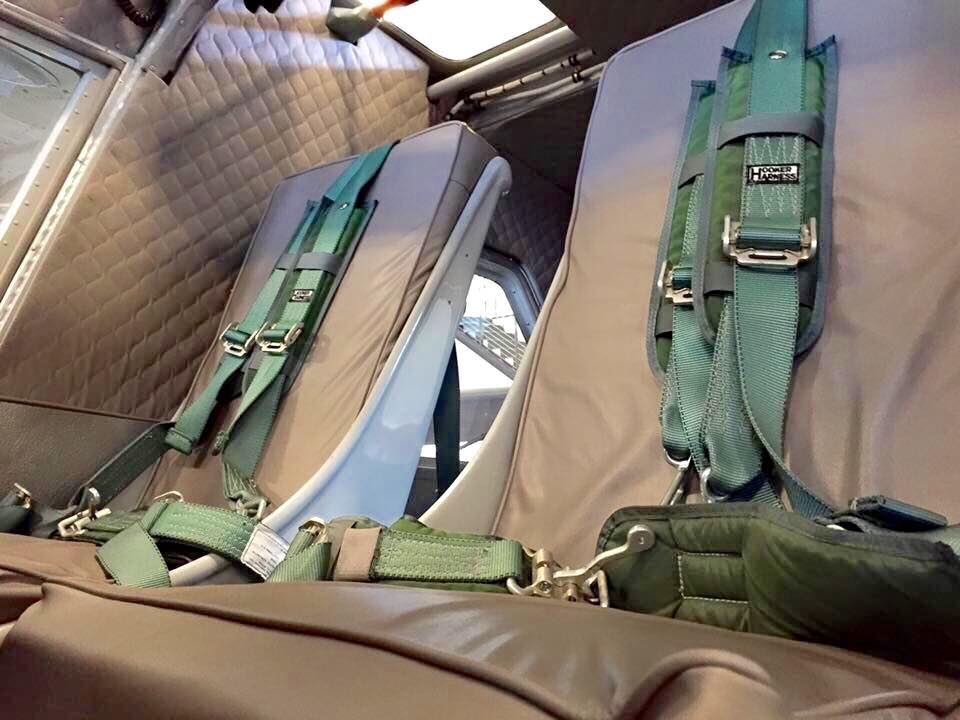
The Beaver’s wide landing gear stance made it especially useful in off-field operations. Usually powered by a Pratt & Whitney R-985-AN-14B Wasp Jr. radial engine. In its military configuration, it was capable of carrying 250 lb. bombs or chemical tanks on under-wing racks. The front seats in some aircraft (like this one) have full military harnesses. The Beaver still sees (largely) civilian use in over 50 countries.
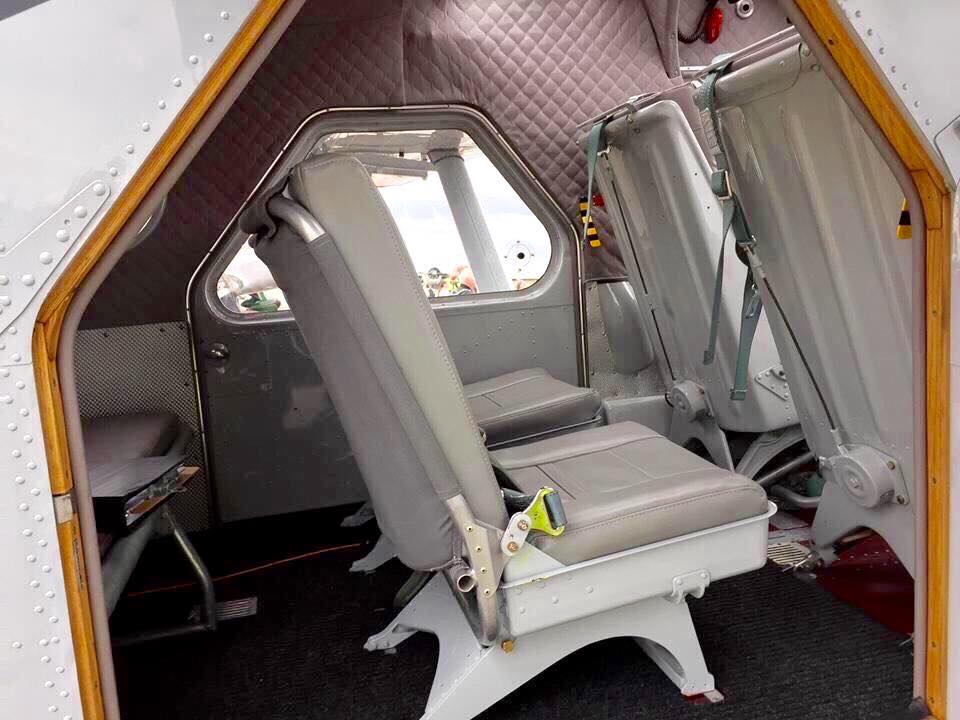
About the author
